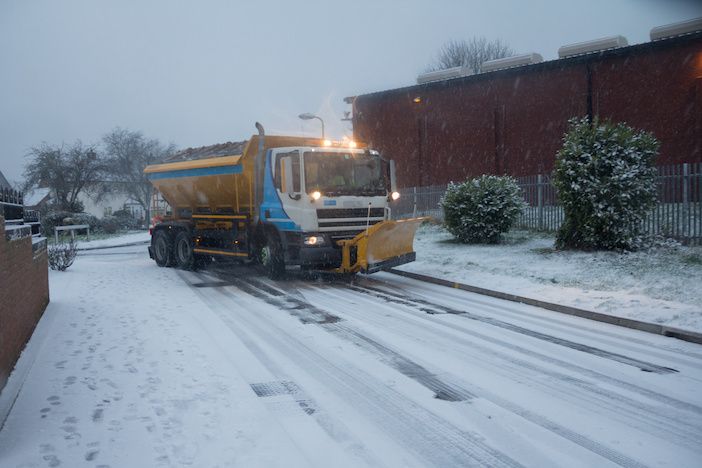The UK’s TRL (Transport Research Laboratory) has published a toolkit to stimulate discussion among local authorities about the need and ways to improve decisions in highway asset management.
The toolkit covers the benefits and potential of current and new tools and techniques; preparing for new sensing and measurement technologies; and the opportunities presented by an integrated asset management toolkit. It also looks at how new data and decision support tools can help remove the need for human judgement; and a proposed programme to stimulate collaborative work towards achieving the vision.
TRL’s report suggests that the potential of these tools is not yet being fully exploited by highway asset managers. By bringing together sensing and measurement data into decision support tools, the condition of highway assets would be better understood, and critical decision-making would be quicker, better informed, and simpler to convert into preventative action.
The TRL paper includes a practical programme to help road authorities agree a strategy to accelerate adoption of these tools. The programme sets out collaborative activities, and identifies dependencies and milestones which, once agreed, could form the basis of a “roadmap” to an integrated toolkit.

“The core proposition is that an integrated toolkit of data and decision support tools will provide combined outcomes that exceed the benefits that can be gained by trying to exploit each individually,” says Dr Alex Wright, TRL’s chief technologist. “For example, by drawing on skid/accident risk data (crowd sourced from vehicles), measurements of friction (from surveys), and remotely sensed weather data, urban traffic data, and residual salt and spray levels (from IOT), Decision Support Tools could autonomously manage surface friction demands such as winter maintenance (where, when and exactly how much salt to spread) and safety interventions (surface and drainage treatments), within defined budgets and KPIs”.
TRL says that the more widespread use of a range of these tools will inevitably lead to further development in their capability, achieving greater efficiencies and cost savings and encourage greater take up by asset owners.
Images: AdobeStock





